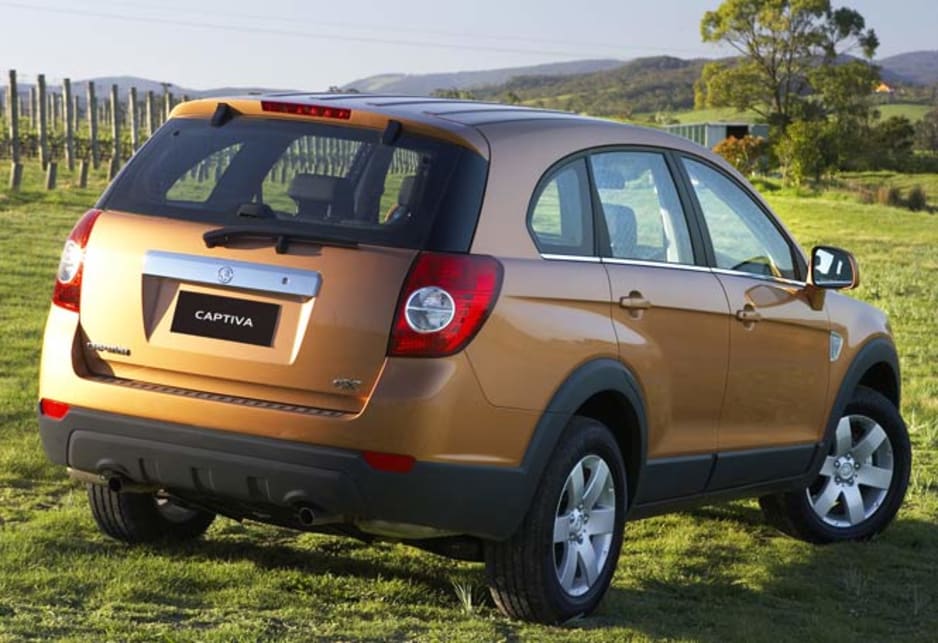2015 Holden Captiva Workshop Manual
Holden Captiva Designated C100 by Daewoo and CG in Holden's terminology, the Captiva was launched in 2006. Styling of the Captiva was inspired by the 2004 Chevrolet S3X concept car. The S3X concept was developed by GM Daewoo's design center in Bupyeong-gu, Incheon and is based on the GM Theta platform.
It premiered at 2004 Paris Motor Show. Another concept car, by Daewoo, the Chevrolet T2X premiered at the 2005 Seoul Motor Show with its design was based on the S3X, using a shortened platform. The T2X is referred to as a sport utility coupe, accounting for its rear hinged doors, lack of conventional B-pillars, and shortened wheelbase—features that were first revealed on the 'Daewoo Oto' (later renamed 'Daewoo Scope') concept at the 2002 Seoul Motor Show. Production was slated for late 2006, but as of 2009 no further announcement has been made.For the Captiva, the production version of the S3X, both five- or seven-seat configurations are available.


Holden Captiva Review
Standard safety features include: anti-lock brakes, electronic stability control (ESC), front seatbelt pre-tensioners and force limiters, and driver and front passenger airbags. Side curtain airbags are standard on higher luxury level variants in some markets. In crash safety tests conducted by Euro NCAP, the Captiva was given a four out of five star crash rating. The results from the test were helped by the use of high-strength steel used in the body shell which was designed to spread crash forces over distinct load channels, therefore ensuring the safety of the occupants within the safety cell. The vehicle's optional active all-wheel drive system is fully incorporated with the ESC and anti-lock braking systems, consequently increasing car handling and control.
When the driving conditions determine the need for improved traction, the vehicle’s all-wheel drive system instigates. In ordinary driving situations, only the vehicle's front wheels are employed.